Filter by

Animal Metropolis : Histories of Human-Animal Relations in Urban Canada
Animal Metropolis brings a Canadian perspective to the growing field of animal history, ranging across species and cities, from the beavers who engineered Stanley Park to the carthorses who shaped the city of Montreal. Some essays consider animals as spectacle: orca captivity in Vancouver, polar bear tourism in Churchill, Manitoba, fish on display in the Dominion Fisheries Museum, and the racia…
- Edition
- -
- ISBN/ISSN
- 9781552388655
- Collation
- -
- Series Title
- -
- Call Number
- 590

Rethinking Moral Status
Common-sense morality implicitly assumes that reasonably clear distinctions can be drawn between the ‘full’ moral status usually attributed to ordinary adult humans, the partial moral status attributed to non-human animals, and the absence of moral status, usually ascribed to machines and other artefacts. These assumptions were always subject to challenge; but they now come under renewed pr…
- Edition
- -
- ISBN/ISSN
- 9780192894076
- Collation
- -
- Series Title
- -
- Call Number
- -
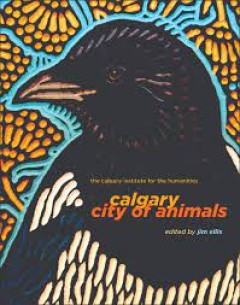
Calgary City of Animals
How have our interactions with animals shaped Calgary? What can we do to ensure that humans and animals in the city continue to co-exist, and even flourish together? This wide-ranging book explores the ways that animals inhabit our city, our lives and our imaginations. Essays from animal historians, wildlife specialists, artists and writers address key issues such as human-wildlife interactions…
- Edition
- -
- ISBN/ISSN
- 9781552389683
- Collation
- -
- Series Title
- -
- Call Number
- -

Treatise on Acoustics The First Comprehensive English Translation of E.F.F. …
E.F.F. Chladni’s experiments and observations with sound and vibrations profoundly influenced the development of the field of Acoustics. The famous Chladni diagrams along with other observations are contained in Die Akustik, published in German in 1802 and Traité d’Acoustique, a greatly expanded version, published in French in 1809. This is the first comprehensive translation of the expand…
- Edition
- -
- ISBN/ISSN
- 978-3-319-20361-4
- Collation
- -
- Series Title
- -
- Call Number
- -
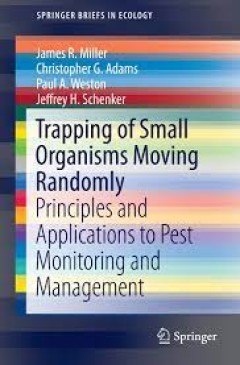
Trapping of Small Organisms Moving Randomly Principles and Applications to P…
This new book is the first to make logical and important connections between trapping and foraging ecology. It develops and describes—both verbally and mathematically--the underlying principles that determine and define trap-organism interactions. More important, it goes on to explain and illustrate how these principles and relationships can be used to estimate absolute population densities i…
- Edition
- -
- ISBN/ISSN
- 978-3-319-12994-5
- Collation
- -
- Series Title
- -
- Call Number
- -
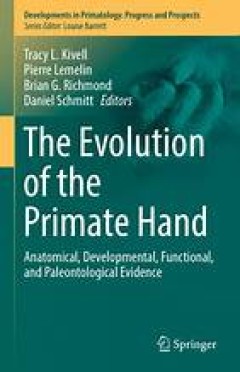
The Evolution of the Primate Hand
This book demonstrates how the primate hand combines both primitive and novel morphology, both general function with specialization, and both a remarkable degree of diversity within some clades and yet general similarity across many others. Across the chapters, different authors have addressed a variety of specific questions and provided their perspectives, but all explore the main themes descr…
- Edition
- 1
- ISBN/ISSN
- 978-1-4939-3646-5
- Collation
- XI, 589, 64 illustrations in colour
- Series Title
- Developments in Primatology: Progress and Prospects
- Call Number
- -
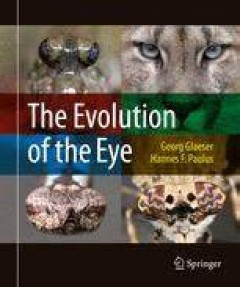
The Evolution of the Eye
With fascinating, spectacularly beautiful images, the book piques readers’ curiosity about the diversity of visual organs. This book is the result of a dual approach – scientific as well as aesthetic. The compelling images are accompanied by an easy-to-read, understandable text, aimed at both scientists and the educated public, and generally anyone interested in the beauty of nature. Thanks…
- Edition
- 1
- ISBN/ISSN
- 978-3-319-17476-1
- Collation
- XVI, 214, 297 illustrations in colour
- Series Title
- -
- Call Number
- -

Transglutaminases Multiple Functional Modifiers and Targets for New Drug Dis…
This book presents basic and extensive information on the physiological and pathological significance of the protein-modifying enzymes, transglutaminases, which are involved in multiple biological events by catalyzing a unique and important posttranslational modification reaction, cross-linking of proteins, and interacting with a large number of proteins inside and outside of cells. Although se…
- Edition
- -
- ISBN/ISSN
- 978-4-431-55825-5
- Collation
- -
- Series Title
- -
- Call Number
- -
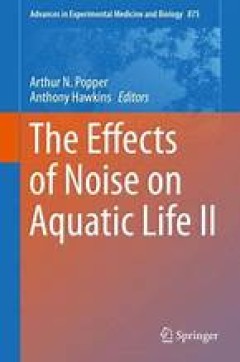
The Effects of Noise on Aquatic Life II
The meeting of Aquatic Noise 2013 will introduce participants to the most recent research data, regulatory issues and thinking about effects of man-made noise and will foster critical cross-disciplinary discussion between the participants. Emphasis will be on the cross-fertilization of ideas and findings across species and noise sources. As with its predecessor, The Effects of Noise on Aquatic …
- Edition
- 1
- ISBN/ISSN
- 978-1-4939-2981-8
- Collation
- XXX, 1292, 97 b/w illustrations, 138 illustrations in colour
- Series Title
- Advances in Experimental Medicine and Biology
- Call Number
- -
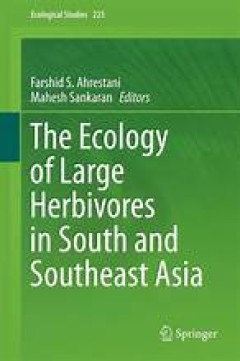
The Ecology of Large Herbivores in South and Southeast Asia
Large terrestrial mammalian herbivores play critical roles in ecosystems by acting as regulators of energy and nutrient cycles, modulators of plant community composition and grassland-woodland transitions, agents of seed dispersal, and as prey for large carnivores. Though large herbivores represent a prominent component of mammalian assemblages throughout South and Southeast Asia, little is kno…
- Edition
- 1
- ISBN/ISSN
- 978-94-017-7570-0
- Collation
- VIII, 257, 26 b/w illustrations, 31 illustrations in colour
- Series Title
- Ecological Studies
- Call Number
- -
 Computer Science, Information & General Works
Computer Science, Information & General Works  Philosophy & Psychology
Philosophy & Psychology  Religion
Religion  Social Sciences
Social Sciences  Language
Language  Pure Science
Pure Science  Applied Sciences
Applied Sciences  Art & Recreation
Art & Recreation  Literature
Literature  History & Geography
History & Geography